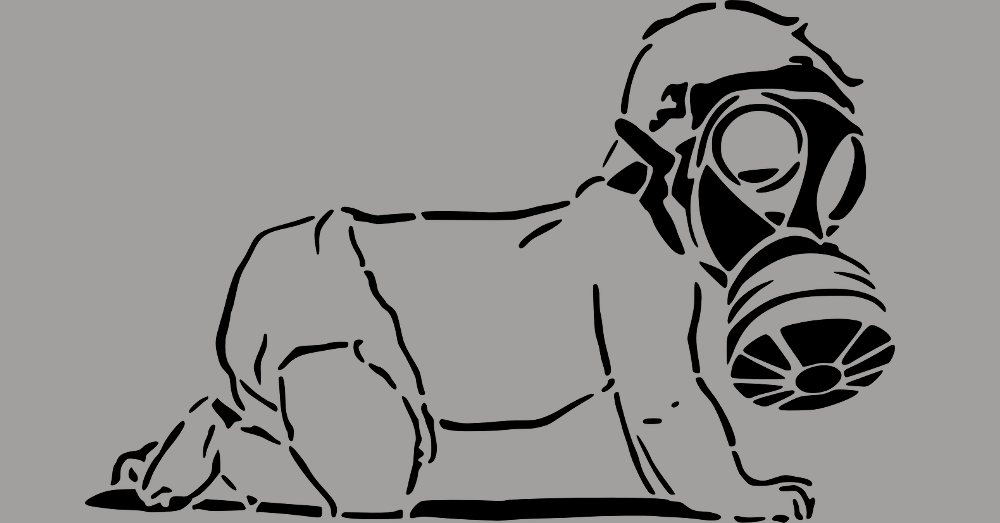
The Precautionary Principle Asks “How Much Harm Is Avoidable?” Rather Than “How Much Harm Is Acceptable?”
In 1980, a government scientist discovered that breast milk in the US was so contaminated with DDT, PCBs and other industrial poisons that, if it were cow's milk, it would be subject to ban by the US Food and Drug Administration. After two more decades of failed "chemical regulation," a 2001 study showed that babies everywhere in the world were drinking industrial toxicants in breast milk.
February 16, 2018 | Source: Truthout | by Peter Montague
In 1980, a government scientist discovered that breast milk in the US was so contaminated with DDT, PCBs and other industrial poisons that, if it were cow’s milk, it would be subject to ban by the US Food and Drug Administration. After two more decades of failed “chemical regulation,” a 2001 study showed that babies everywhere in the world were drinking industrial toxicants in breast milk. Worse, in 2005 a small study of the umbilical cord blood from 10 randomly chosen newborns in the US showed that babies are now coming into this world “pre-polluted” with 200 industrial compounds. (Despite all this bad news, breast feeding is still by far the best way to nourish a baby.)
Perhaps not surprisingly, in the US, children’s health is deteriorating. The incidence of childhood cancers has risen 27 percent since 1974. In the 12 years between 1994 and 2006, childhood chronic conditions (asthma, obesity, learning and behavior problems) doubled (from 13 percent of all kids in 1994 to 27 percent in 2006).
Why Can’t Chemical Pollution Be Controlled?
In 1991, scientists at Oak Ridge National Laboratory identified the reason why industrial poisons have spread everywhere, worldwide. It’s because regulators have relied on a decision-making technique called quantitative (or numerical) risk assessment to determine which chemical releases are “safe.” By releasing “safe” amounts of 80,000 different chemicals, corporations have contaminated the entire planet, so now no one is safe from chemical harm.
A numerical risk assessment is an estimate of the probability of something bad happening. Numerical risk assessment was invented hundreds of years ago to reduce losses in games of chance. With the rise of the chemical industry during the early 20th century, risk assessment began to dominate all kinds of decisions. In the 1980s, the US government adopted numerical risk assessment for “environmental protection.”
